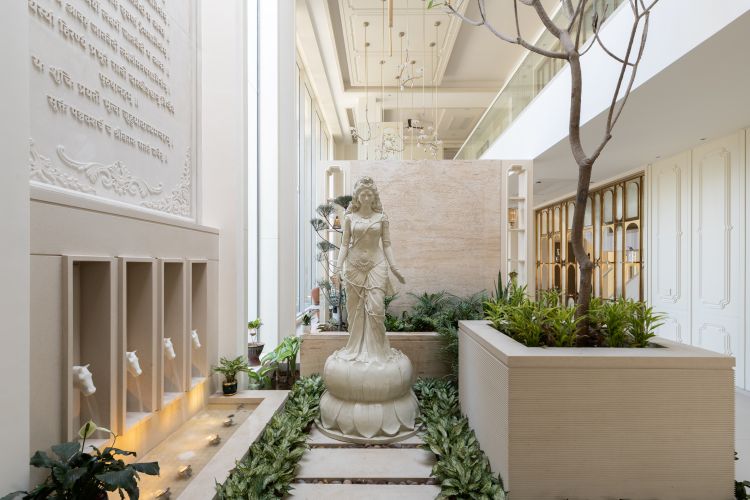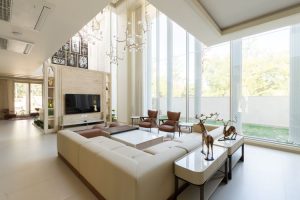Balancing Energy and Elegance: How architects use Vastu in Modern Homes

Team L&M
Combining historical wisdom with modern architecture offers a rare chance to create environments that are harmonious and well-balanced. An ancient Indian architectural philosophy called Vastu Shastra offers recommendations for lining up buildings with the forces of nature. Architects construct spaces that support well-being and good energy flow by incorporating these ideas. This strategy aims to make sure that areas have a deeper, more spiritual connection with the local populace. In addition, it makes the place aesthetically beautiful. In this article, Ar. Rajkumar Kumawat, Founder and Principal Architect at Rajkumar Architects, delves into the idea of balancing energy and elegance in homes.
Natural Elements and Material Palettes
While glass and sophisticated finishes keep the house in line with modern luxury, local stone or sandstone alludes to the anchoring spirit of the land. Architects use earthy minimalism as a stylistic lexicon, with polished brass lights conversing with rough stone floors. Subtle water features like wall fountains or cascades at verandas are also integrated into projects. These ornamental and energising components are positioned to diffuse heat and promote calm.
Open Spaces and Orientation
Architects ensure that modern homes align with the idea of openness and connection. For example, doorways facing north encourage openness and prosperity. Cultural symbolism is also embraced without being overly stylistic by framing doors in sleek wood with minimalist brass inlays in place of typical decorated gates. Courtyards are reimagined as expansive centre voids that let light flood urban plots, drawing inspiration from Indian culture. These light wells provide peaceful biophilic cores in contemporary residences by serving as indoor green spaces with plants.
Applying Integrative Thinking to the Practice of Design
When properly understood, Vastu Shastra offers a valuable lens through which to incorporate traditional knowledge into intuitive design decisions. Architects who are proficient in modern methods can employ Vastu to guide orientation, material resonance, and environmental response in addition to scientific understanding. Digital tools are also being created to help with this integration. Computational design can now simulate thermal performance, daylight alignment, and acoustic resonance, bridging the gap between traditional and modern ideas.
The Emotional Aspect of Space
The emotional connection of a space is what makes it so remarkable. Intangible experiences are frequently mentioned by the residents, such as improved sleep for kids, higher productivity from work-from-home habits, or a general sense of peace in living spaces. Modern architects believe that this is a psychological design science in which areas that are in harmony with the cycles of nature enhance happiness and lessen stress.
Combining the knowledge of the past with the technology of the present can result in buildings that are efficient, beautiful, meaningful, and caring. In a time when city life might seem disjointed, architecture serves as a reminder that a well-designed home combines elegance, vitality, and sanctuary.




